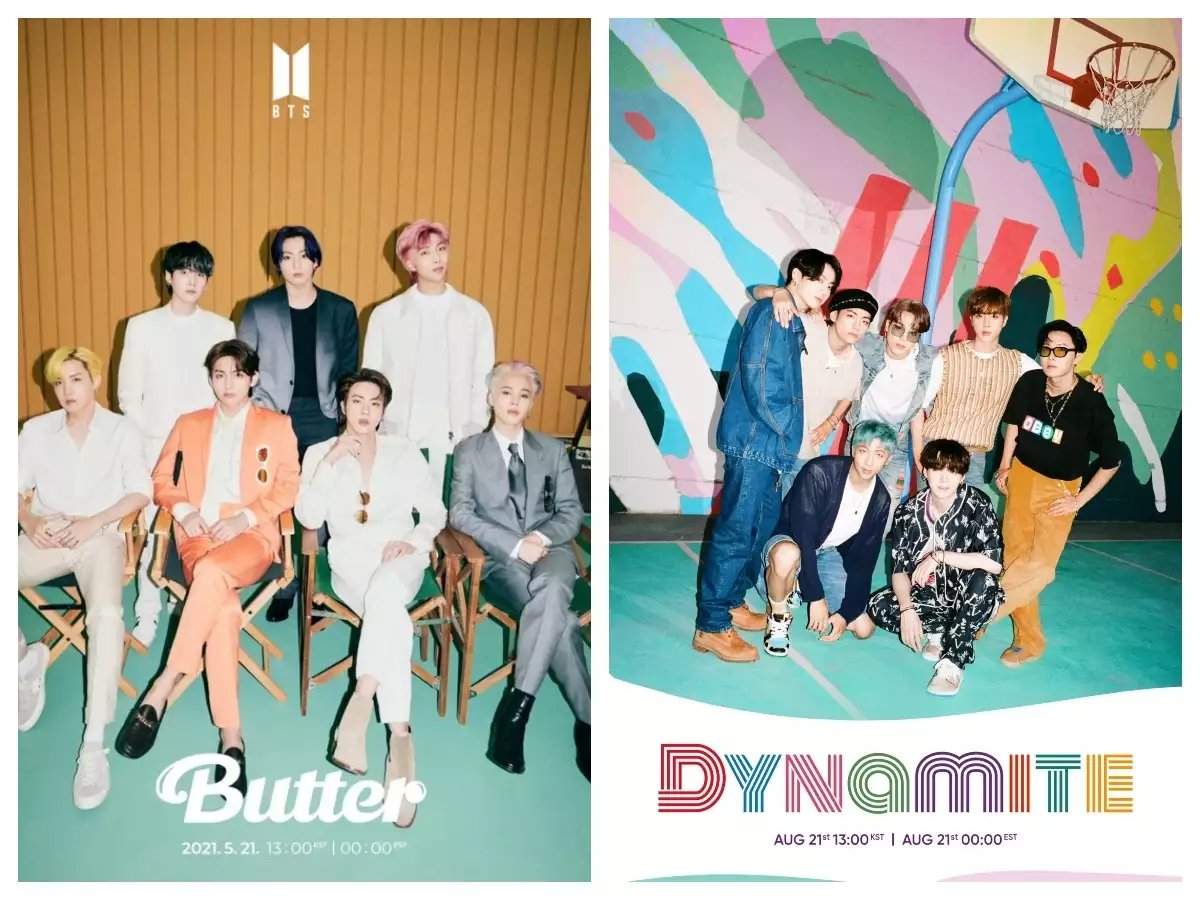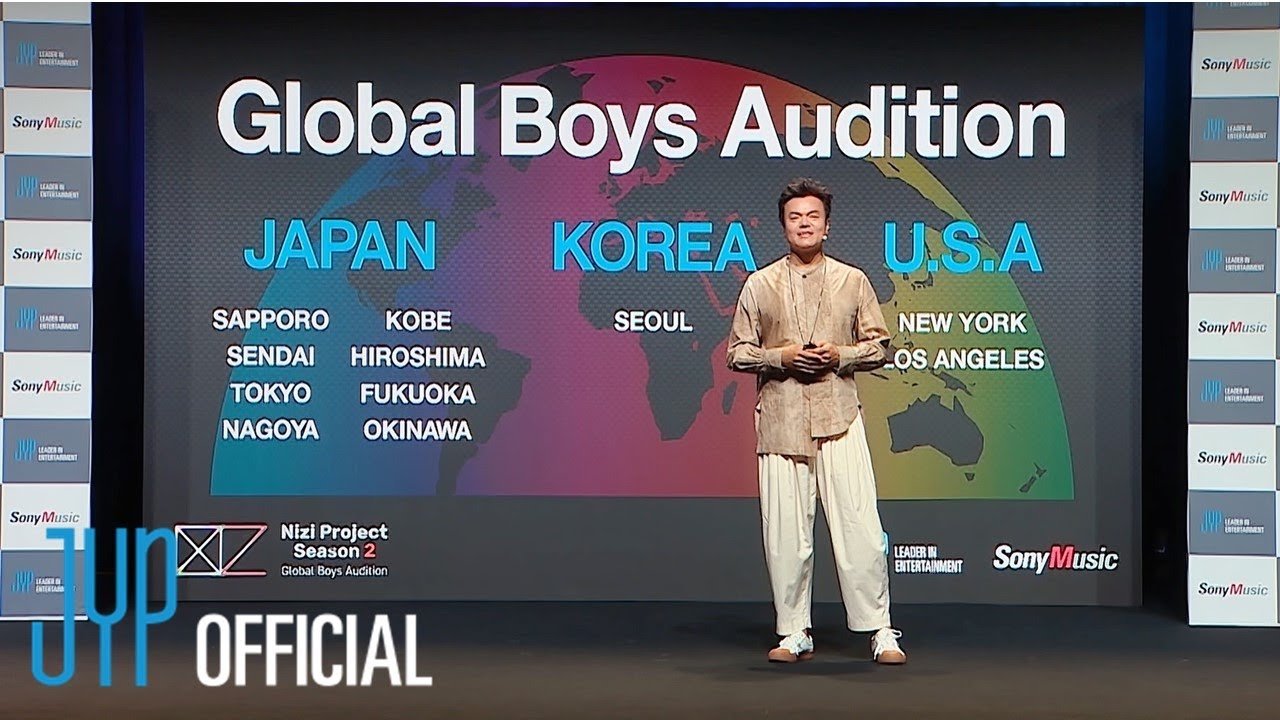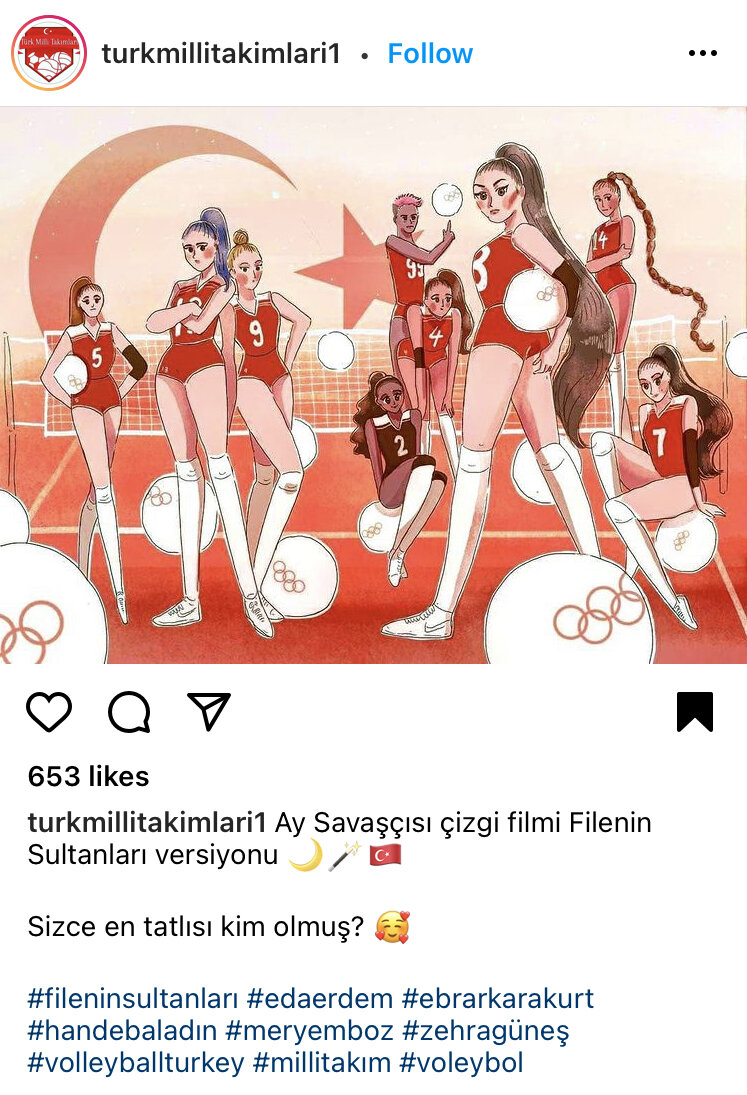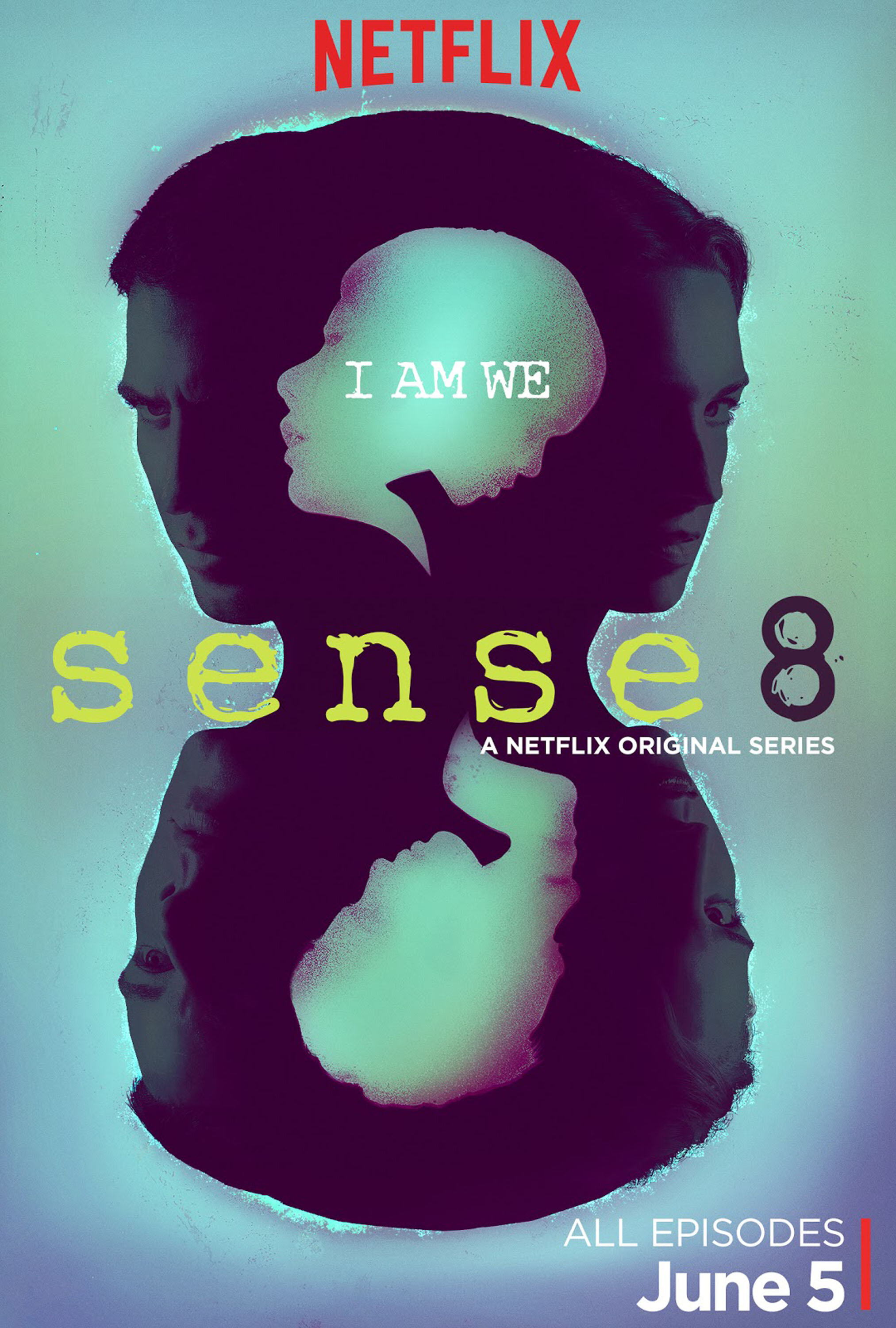Global Fandom Conversations (Round Three, Part Two): Hye Jin Lee and Thi Ngoc Bich (Becky) Pham
/BP: Now, back to our conversation. Thank you for your wonderful assessment above on the continuing values that nation-based analyses of cross-border fandoms will bring us even as the world has been and is still being globalized. My above-mentioned case study on Vietnamese revealed how the fans gradually gained more positive recognition from their older critics due to the popularity of K-pop dance covers posted on YouTube. With their own creativity, filmmaking skills, and media competency, their Vietnam-based dance covers subsequently won international K-pop dance contests, which brought in more international attention, socio-cultural capital, economic opportunities, and most importantly, national pride to Vietnam. I would believe that to navigate transcultural tensions and pacify criticism, on top of being tech-savvy and cosmopolitan, non-Korean international K-pop fans these days might also need to be culturally intelligent and quick-witted in self-producing counter-stories against unfavorable narratives about their fannish engagement. Based on your knowledge of non-Korean international K-pop fans so far, to what extent would you agree with this assessment?
YouTube video: The latest K-pop dance cover of aespa’s “Savage” by the dance group B-Wild from Vietnam. The group has won multiple dance cover awards from JYP and LOEN Entertainment
HJL: I'm not well versed in the Vietnamese K-pop fandom, so I don't think I can offer an accurate assessment. But based on what you're telling me, it seems like the young Vietnamese K-pop fans have gradually changed the older critics' perception of their fandom by demonstrating their fandom's "productive" usage. Fans, especially those who like cultural products that are considered fringe, marginal, or foreign, have a long history of having to defend their fan status to be accepted by the wider society. As part of normalizing their fan status, fans had to prove how their fan activities and practices were "normal" or had acceptable cultural values. Acquiring practical media production skills, enhancing the national image by winning international competitions, and creating financial opportunities are desired social outcomes. So if K-pop fan practices lead to these achievements, then I can see how K-pop fandom can be considered productive and, thus, acceptable (or less problematic). There seems to be a parallel between what you see with the older Vietnamese generation's changed perception about the young Vietnamese K-pop fans and what we witnessed last year with Western media's favorable coverage of the K-pop fans. Only when K-pop fans were "seen" to be using their social media savviness for greater causes (foiling Trump's rally, spamming a police 'snitch' app, or raising $1 million to donate to BLM in a short period) did the mainstream media change their stance on K-pop fans.
Your point about how the Vietnamese K-pop fans were able to gain international fame through their K-pop cover dance contests and how winning these contests led to national pride really struck me. It made me think about what it means for Vietnamese fans to use K-pop and their K-pop fandom to be globally recognized. So I have two questions for you: First, do you think young Vietnamese K-pop fans use K-pop to think about not simply what it means to be Vietnamese but also Asian? I ask this question because of an experience I had this summer. I was invited to give a lecture on K-pop at the Korean Cultural Center in Indonesia and had a chance to talk to Indonesians - whether they are K-pop fans or not, I'm not sure. One of the questions I received during the Q&As was whether Koreans were proud of K-pop's global success. After answering the question, I read the comments on the chat window while waiting for the translator to translate my answers. One person wrote how K-pop's global success should also make Indonesians feel proud since it's an Asian achievement. That comment really stood out to me since K-pop's global success had been discussed mainly as a "national" achievement in Korea or cause for alarm (and basis for anti-Korea/anti-Hallyu) in other Asian countries.
The second question I have is about the Vietnamese K-pop fandom in the future, especially now with V-pop starting to become popular. Do you expect to see a shift from K-pop fandom to V-pop fandom in the future? Also, is there a desire by the Vietnamese K-pop fans to see a greater Vietnamese members' presence in K-pop groups? Or now that HYBE, SM, CJ ENM, and JYPE are moving in the direction of creating K-pop groups with local members in different countries for the global audience, do you think they would prefer all-Vietnamese groups (maybe it would be similar to V-pop idols but they're trained and managed under the K-pop system)? How have Vietnamese K-pop fans responded to the news about major K-pop companies' new K-pop projects?
BP: Your comment on how K-pop fans were only “seen” after using their social media savviness for greater causes on a large scale is spot on. I don’t think this is necessarily a bad thing, as fans now could leverage readily available digital technologies to make themselves “seen” with “productive” usage. What I am more concerned about is that there might still be media-based participation gap among different fan communities, as different fan groups will appropriate the media differently, and not all fan groups could or wish to strive for the press’s reinforcement of fans using social media on a large scale for political activism as the gold standard.
Thank you for your two questions on Vietnamese K-pop fans! You are giving me even more ideas to flesh out for my next research goals. With regard to the first question, I am fascinated by your sharing of Indonesian fans feeling proud about K-pop because K-pop has elevated Asian achievements worldwide. I haven’t investigated this particular question among Vietnamese fans, but from what I have been reading online, this theme has not emerged and instead, I have observed that Vietnamese fans of popular music could be very divided between their support for US-UK pop versus K-pop. For example, BTS’s release of the Americanized and English hit “Dynamite” last year was criticized by some Vietnamese (anti-)fans as being “too auto-tuned” (which possibly suggests a copycat move to match the usual US-UK, not Korean, standards) and as being “incomprehensible” due to BTS’s pronunciation of English, which caused online wars between fan communities.
As for your second question about the interaction between Vietnamese and Korean flavors in music production standards, my country indeed had already tried the recipe of producing a full Vietnamese girl group in South Korea, and then bringing them back to Vietnamese audience with a hope of giving them a competitive edge in the globalized music markets. The girl group was named LIME, created in 2015 and disbanded in 2019, unfortunately, without much domestic success. I remember when I first watched LIME’s debut MV in 2016, it took me half the song to realize they were singing in Vietnamese with some mixture of English because of how Korean their looks, dance, and song melody were.
YouTube video: The 2016 debut MV of LIME, the Vietnamese girl group who were trained and produced in South Korea
As for Vietnamese fan’s reaction to major K-pop companies’ new K-pop projects that would have more non-Korean members, they seem to be very excited. In particular, in March this year, Vietnamese fans of the Vietnamese I-LAND contestant, Hanbin Ngô Ngọc Hưng, bought advertisement spaces in 71 digital signages across 7 countries to celebrate his birthday. Hanbin is currently probably considered Vietnamese fans’ biggest national pride in the K-pop industry.
All of these points bring us back to our comment earlier about how nation-based analyses of fandoms are still relevant as we work towards solving conflicts from cultural and national differences. This also flags to us the ever-changing and multi-dimensional transformation of cultural meanings in relation to K-pop reception across the globe. I am excited to read and learn more about how non-Korean K-pop fandoms will be doing in the future. This conversation with you has also inspired me to look beyond fan practices, and into the K-pop industry and its music production for a more ecological perspective of this fascinating cultural phenomenon.
HJL: This conversation has been productive, and I am glad I had a chance to learn more about the Vietnamese K-pop fandom. I am sure you witnessed how K-pop and K-pop fandom has evolved over the years from your study on the young Vietnamese K-pop fans from 2010 to 2019. K-pop as an industry and an entertainment form and K-pop fandom today is much different from Psy’s “Gangnam Style” day that led to the first serious discussions about K-pop’s potential to break into the mainstream global (primarily coded as the US) market. There is no longer a debate about whether K-pop has a global appeal or not. So now, my current interest is how the K-pop industry understands the meaning of “global” in K-pop’s global popularity and how that understanding shapes their business decisions and directions with their future projects that will change the meaning of K-pop. With BTS’s and other K-pop groups’ releases of English-only songs and collaboration with Western pop stars, there are already fervent discussions within the US K-pop fandom on what K-pop is and how its meaning has changed from its early days. Your examples of Vietnamese K-pop fans’ discussions about BTS’s release all-English songs, “Dynamite” and “Butter” or the K-pop-inspired Vietnamese girl group, LIME, also seem to be part of that conversation.
Korean K-pop fans (and the public) are now starting to seriously discuss what K-pop means or should look like as the K-pop industry is expanding its global market reach by creating non-Korean K-pop groups or shifting its focus on catering to the demands of the international K-pop fans that might not necessarily align with the needs of the Korean K-pop fans. For instance, in June 2020, JYP partnered with Sony Music and launched an all-Japanese K-pop group, NiziU, through a Japanese audition show (called the Nizi Project). The group became a sensation in Japan, but the Korean K-pop fans and the public were hostile to JYP's success. The Korean K-pop fans accused the company of selling out K-pop's formula of success to Japan just for the company's private interest. A similar criticism arose with SM Entertainment when they launched an all-Chinese K-pop group, WayV, a subunit of the K-pop boy band, NCT. The public outcry over the ambiguous national identity of WayV was particularly loudest when the group performed their all-Chinese song, "Back to You," on a Korean music show.
WayV, the China-based subunit of the South Korean boy band NCT under South Korea-based SM Entertainment and SM’s Chinese sub-label, Label V
We can see that the creation of non-Korean K-pop groups as part of the K-pop industry's global market expansion strategy is being met with antipathy by the Korean K-pop fans who fear this will erase K-pop's Korean identity. The K-pop industry's globalizing projects of discovering, training, and producing local K-pop artists will meet with more resistance from the Korean K-pop fans and the public who have a nationalistic understanding of K-pop. The nation-based analyses of K-pop fandom, then, have become more necessary as K-pop becomes more global.
References
Chin, B., & Morimoto, L. H. (2013). Towards a theory of transcultural fandom. Participations, 10(1), 92-108.
Pham, B. (2022, accepted pending revisions). Public reception of young K-pop fans in Vietnam (2011-2019): At the intersection of nationalistic discourse and transcultural fandom. Transformative Works and Cultures.
Hye Jin Lee is a Clinical Assistant Professor at the USC Annenberg School for Communication and Journalism. Lee has published and delivered invited lectures on K-pop industry's response to Black Lives Matter and is currently working on projects examining the historical evolution of K-pop and the differences in cultural meaning, status, and reception of Korean entertainment when it crosses the national border.
Thi Ngoc Bich (Becky) Pham is a Doctoral Student at the Annenberg School for Communication, University of Southern California, USA. She researches how children, youth, and families appropriate communication technologies, and how their media engagement shapes their worldview and lived experience. Her research has been published in the Journal of Children and Media, New Media & Society, Communication Research Reports, and is forthcoming in Transformative Works and Cultures. Her writing on parenting and popular culture has appeared in Psychology Today. She can be reached at thingocb@usc.edu. For more information, visit https://beckypham.com/.


















































